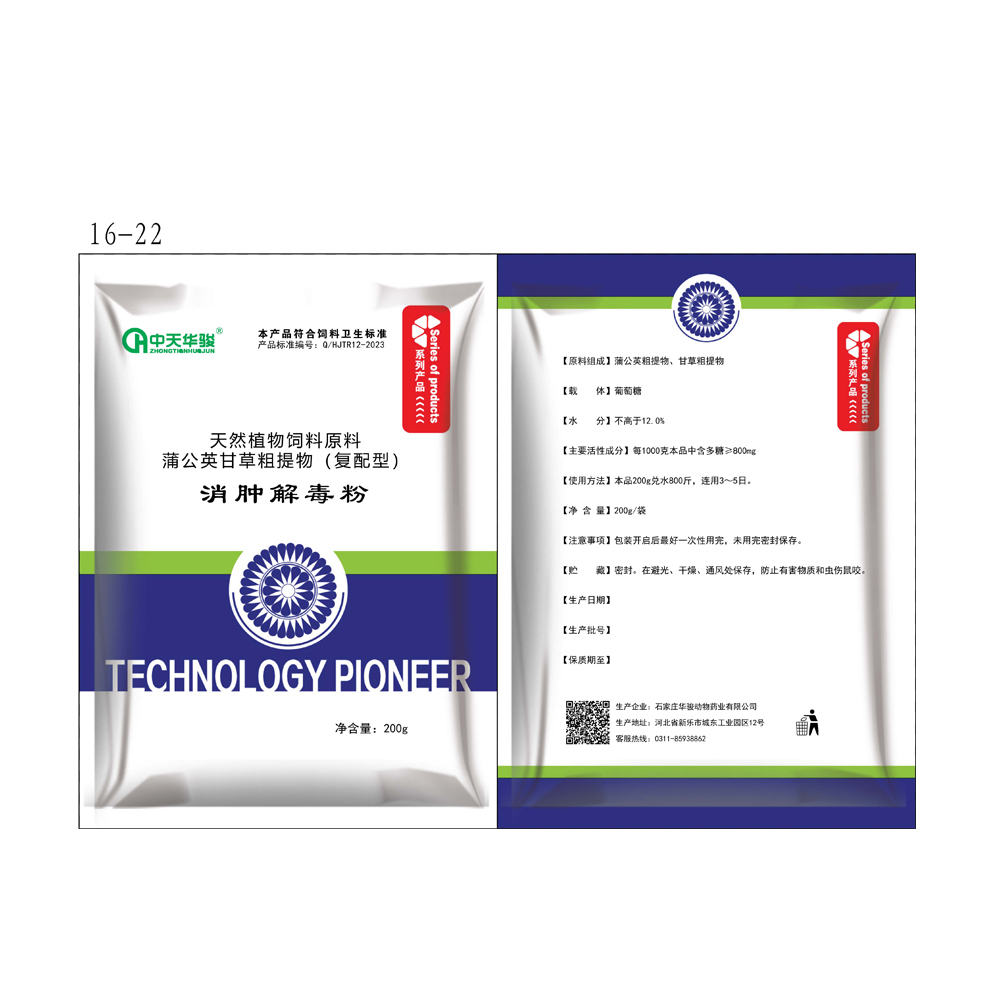
Nov . 09, 2024 22:26 Back to list
Florfenicol Usage in Avian Health and Its Impact on Poultry Production
The Role of Florfenicol in Poultry Health Management
Florfenicol is an antimicrobial agent that has gained significant attention in the poultry industry, particularly in China, where the demand for effective disease management in avian species continues to grow. As poultry farming expands to meet the increasing demand for meat and eggs, understanding and implementing health management strategies becomes paramount. This article explores the use of florfenicol in the treatment and prevention of bacterial infections in poultry, highlighting its effectiveness, safety, and implications for animal welfare and food safety.
Understanding Florfenicol
Florfenicol is a synthetic broad-spectrum antibiotic that belongs to the phenicol class. It has been shown to be effective against a wide range of Gram-positive and Gram-negative bacteria, making it a valuable tool in veterinary medicine. The mechanism of action of florfenicol involves inhibiting bacterial protein synthesis by binding to the 50S subunit of the ribosome, thus preventing the growth and reproduction of harmful bacteria. This property makes it particularly useful in treating respiratory infections, enteritis, and other bacterial diseases that commonly afflict poultry.
Applications in Poultry
In the context of poultry farming, florfenicol is primarily used to control diseases such as colibacillosis, avian pasteurellosis, and mycoplasmosis. These infections can have devastating effects on bird health, leading to increased mortality rates, reduced growth rates, and lower egg production. By administering florfenicol during outbreaks, poultry farmers can effectively mitigate these risks and ensure a healthier flock.
Florfenicol is often added to the drinking water or feed of chickens, turkeys, and ducks, allowing for easy administration and consistent dosing. The importance of accurate dosing cannot be overstated; improper usage can lead to antibiotic resistance, a growing concern in both human and veterinary medicine. Therefore, it is crucial for farmers to adhere to recommended dosages and treatment durations specified by veterinarians and regulatory authorities.
china florfenicol aves

Safety and Residue Concerns
One of the primary concerns regarding the use of antibiotics in poultry is the potential for drug residues in meat and eggs. Florfenicol has been evaluated for its safety in poultry, and regulatory bodies, including those in China, have established maximum residue limits (MRLs) to ensure consumer safety. Studies have shown that, when used according to guidelines, florfenicol residues in poultry products can be minimized, thus addressing food safety concerns.
Furthermore, the administration of florfenicol can be strategically timed to avoid the withdrawal period before birds are sent to market, ensuring that consumers receive products that comply with safety regulations.
Implications for Animal Welfare
The responsible use of florfenicol can significantly enhance animal welfare by effectively treating infections that cause suffering and distress in poultry. Maintaining a healthy flock not only supports the welfare of the animals but also sustains the economic viability of poultry farms. Improved health outcomes lead to reduced mortality rates and improved productivity, ensuring farmers can meet market demands while minimizing their environmental footprint.
Conclusion
Florfenicol plays a crucial role in the health management of poultry in China and worldwide. As the poultry industry continues to evolve, the responsible use of this antibiotic will be essential in addressing disease challenges while ensuring food safety and animal welfare. Ongoing research and adherence to best practices will help to optimize the use of florfenicol, ensuring that it remains an effective tool for veterinary medicine in poultry farming. By balancing the needs of animal health with food safety, the poultry industry can continue to thrive in a sustainable manner.
-
Premium Young Chicken - Leading Young Chicken Manufacturer & Supplier for Fresh Poultry Needs
NewsJul.08,2025
-
Enterococcus Faecalis Mold Remover – Powerful & Safe Solution from Trusted Manufacturer
NewsJul.08,2025
-
Premium Diarrhea Treatment Solutions Leading Diarrhea Factories & Suppliers
NewsJul.08,2025
-
High-Quality Blisters Manufacturer & Supplier Reliable Blisters Factory
NewsJul.07,2025
-
High-Quality Skeleton Development Services Leading Factory, Manufacturer & Supplier
NewsJul.07,2025
-
High-Quality Cockscomb Turns White Reliable Manufacturer & Supplier Factory
NewsJul.07,2025




